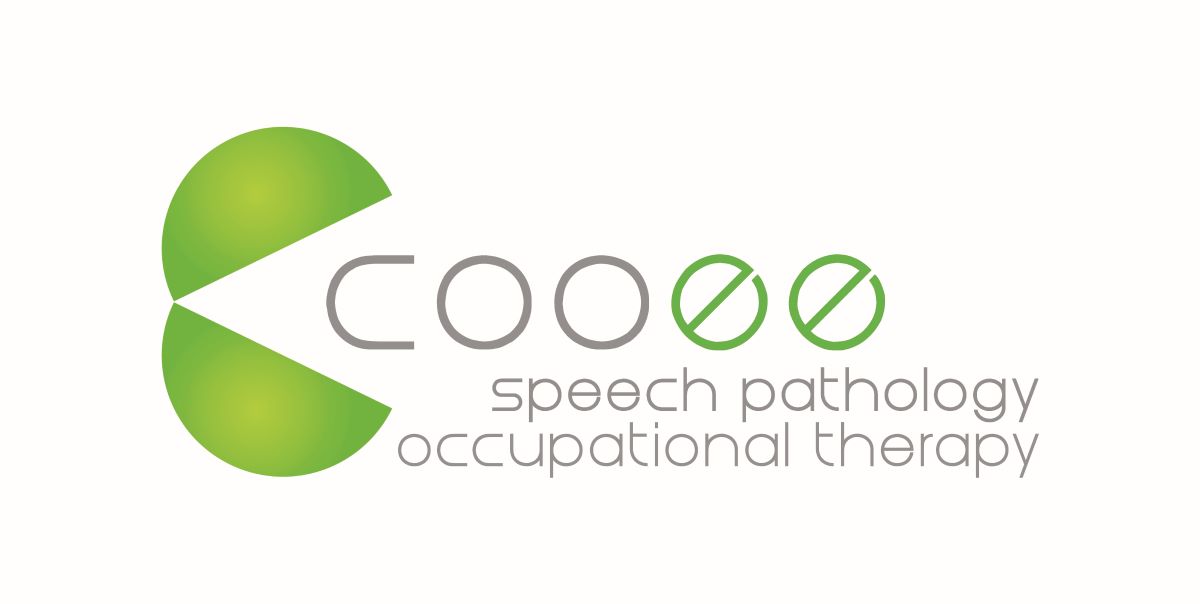How will AAC help my child to talk?
What is AAC?
 AAC stands for ‘Augmentative and Alternative Communication’ – which can include but is not limited to:
AAC stands for ‘Augmentative and Alternative Communication’ – which can include but is not limited to:
- Key Word Sign or Sign Language (AUSLAN),
- Dedicated speech-generating devices,
- Communication books,
- Aided Language Stimulation (ALS) Boards – i.e. communication symbol boards.
AAC is used to supplement or enhance the communication skills of individuals when their speech or spoken language is not strong enough to support their social, learning and/or daily communication needs. As communication is such a key part of daily life, implementing AAC sooner rather than later is important as it can produce wonderful outcomes for a child’s communication skills and overall quality of life.
How AAC supports speech and language skills
When AAC is introduced to families, many parents express concerns that the AAC will prevent their child from learning to talk. While some children require AAC as their primary form of communication throughout their life, research shows that children who have the capacity to develop speech can use AAC to support the development of their speech and language skills – and here’s why:
- Speech is faster and more efficient than AAC
Even though AAC is used in cases of poor spoken communication skills, speech is still a lot faster and more efficient as a means of expression in comparison to using AAC. This is due to the fact that AAC typically requires the child to get the other person’s attention, scan the page/s for the right vocabulary and then point/press the word. AAC can also involve a child using a sign or gesture that the other person may not recognise. Any words or word attempts a child is able to produce, they will likely use instead of their AAC device. As the child develops more spoken words in their vocabulary, they will likely begin using these words.
- Language development is supported
Sometimes, an AAC device is required because a child’s speech-sound difficulties are so great that they are unable to be understood or use speech effectively. Using an AAC device allows for the child to continue practising to use different words and combine them together into different sentences, questions and instructions while overcoming speech-sound challenges. This allows the child’s language skills to progress with the use of AAC, while speech-sound production is targeted in speech therapy. As the child’s speech skills develop, they will then be able to begin using spoken language effectively.
 Increases successful social participation
Increases successful social participation
When a child has difficulties using spoken communication skills, they can experience challenges interacting with others socially. This can result in communication anxiety or avoidance, and thus reduced opportunities to practise engaging and communicating with others. Having an AAC device allows the child to have access to a functional method of communication that can be understood by others. This enables them to experience successful interactions with others, and increases their motivation to continue engaging.
- Spoken communication is still targeted
When teaching a child how to use their AAC, we do not stop using spoken communication with them. We continue to speak with them while modelling the use of their AAC; which exposes them to speech and language. There are also a number of AAC devices that produce spoken word output, that offers more opportunities for children to hear and practise spoken language. In many cases, children are observed to imitate and start using spoken words that are being taught/targeted on an AAC system.
If you have any questions regarding appropriate AAC to support your child’s communication needs, contact Cooee Speech Pathology to speak with one of our Paediatric Speech Pathologists via email ([email protected]) or phone (07) 3265 4495.

Thida Hantun
Speech Pathologist
